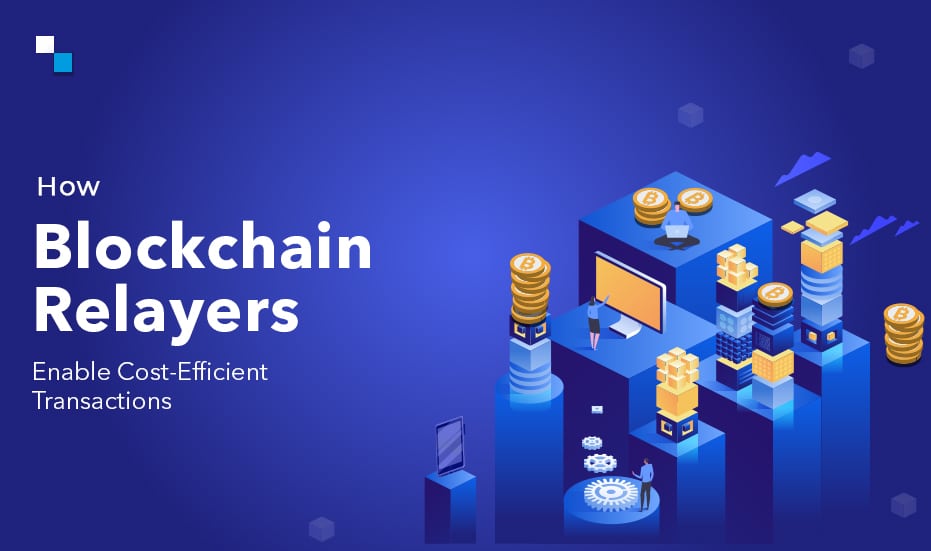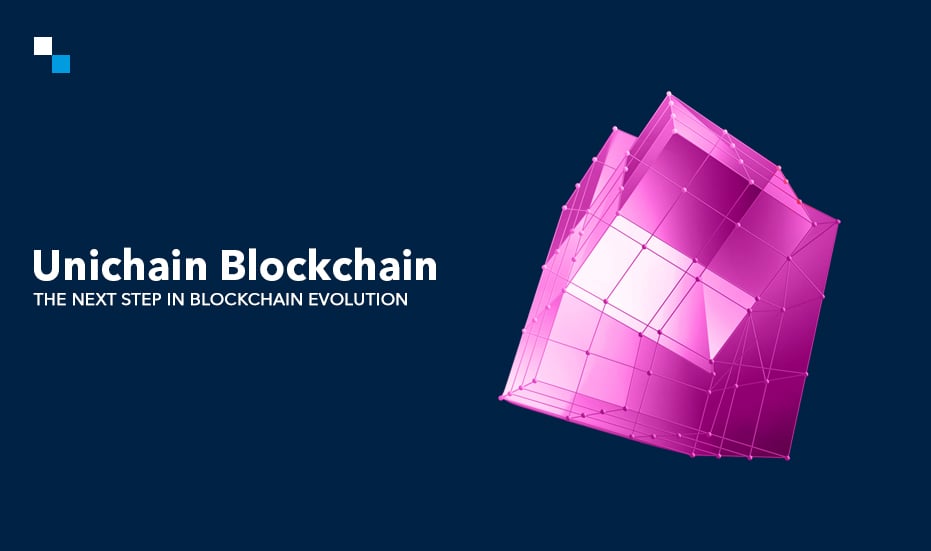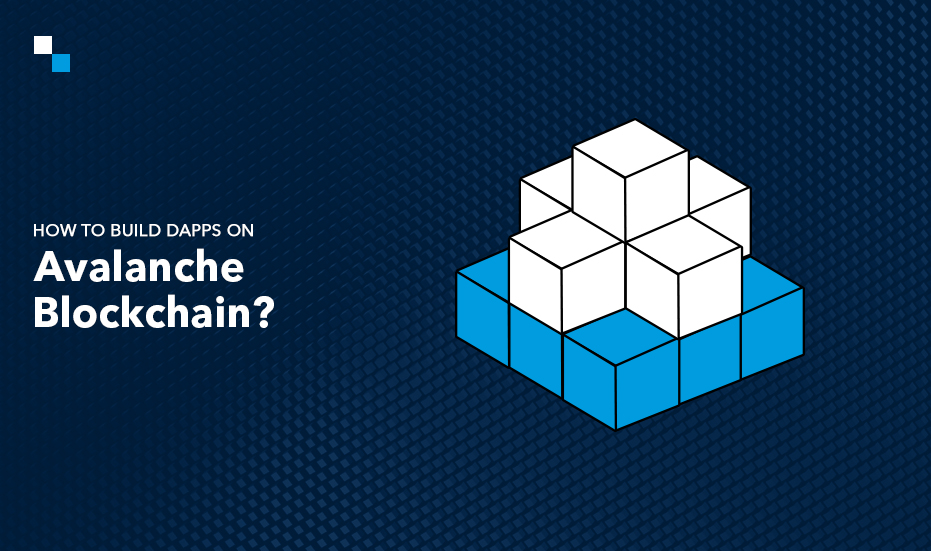
Revolutionize Your Crypto Business with Binance Clone Script Development
October 16, 2023
How to Start your own Virtual Bank with Metaverse Banking Solutions?
October 17, 2023One of the most prominent advancements within the Blockchain space is the decentralized exchanges (DEXs). It is a significant development that allows users to trade tokens and cryptocurrencies from their wallets.
DEXs has gained prominence in the crypto space because of its unique traits of providing more control over assets and increased security. Besides its perks, it also has some drawbacks, and one of the most notable is higher gas fees. The higher gas fee affects the decentralized trading experience. In such a case, Blockchain relayers come into play. Blockchain relayers enable users to save more on gas fees. In this blog, we will delve more into the concept of Blockchain relayers and how it can help save gas fees to a great extent.
Understanding Gas Fees
Before we explore Blockchain relayers, it is crucial to understand the gas fees and determine why it has become a major concern for Blockchain users.
The gas fee represents the cost associated with the amount a Blockchain protocol user pays to network validators each time to perform a transaction, smart contract execution, or any function on the Blockchain. The gas fee will be high if the transaction or smart contract execution is complex.
Although gas fees are crucial for the seamless functioning of Blockchain networks, they can become a burden for users, especially during the high network congestion period. Here, Blockchain relayers emerge as a vital solution.
Introduction to Blockchain Relayer
Blockchain relayer facilitates the exchange of digital assets in a secure and transparent way. Additionally, it provides users more control over their assets and further reduces the risks of fraud, hacks, or mismanagement. Blockchain relayers encourage the growth of the Blockchain ecosystem. It promotes interoperability of different Blockchain which is crucial for cross-chain app development. It also offloads some processing burden from the nodes that help improve the scalable and overall performance of Blockchain networks. It can operate on any Blockchain network in order to take advantage of smart contracts and facilitate the exchange process.
Two Types of Blockchain Relayers
- Data relayers: This relayer enables the transferring of data between different Blockchain networks by using a number of methods, such as HTTP, WebSockets, and RPC.
- Transaction relayers: This Blockchain relayer is responsible for sending and receiving transactions on behalf of the user using various methods, such as meta-transactions and batching.

How Blockchain Relayers Help Save Gas Fees
Implementing gasless transactions is possible with Blockchain relayers as they handle the gas costs on behalf of users using a mechanism called ‘meta-transactions.’
- What are Meta Transactions?
A meta-transaction is a transaction containing two parts:
- The first includes the message containing the data the user wishes to send to the Blockchain. This message is signed by the user. The message may include the recipient’s address or the number of tokens the user wants to transfer.
- The second part involves a transaction sent by the relayer. This transaction pays the gas cost for the first part of the meta transaction.
The relayer pays the gas cost utilizing the balance of tokens available in the Blockchain network. Users don’t need to have tokens in the Blockchain for the gasless transactions.
- How to Send a Gasless Transaction with a Relayer?
The following points show the process of sending a gasless transaction with a Blockchain relayer-
- First, the user digitally signs a message containing information they want to send to the Blockchain.
- The user sends the message to the relayer.
- The relayer pays the gas cost for the first part of the meta-transaction.
- This transaction is accomplished by the Blockchain network.
- The message of the user is further delivered to the recipient.
Gasless transactions are an incredible tool as they make Blockchain applications more accessible for users by reducing gas costs to a good extent. Lower gas costs encourage more users to leverage Blockchain applications.
Conclusion
The higher gas fees involved in DEXs are always a matter of concern for Blockchain users. However, the introduction of relayers has made decentralized trading easier. It optimizes transactions, implements layer 2 scaling solutions, and performs various methods to make decentralized trading accessible and affordable for users. Blockchain relayer innovation not only benefits the user but also enables them to contribute to the overall growth of Blockchain technology.
Blockchain space experiences several advancements, and it will likely continue to evolve, bringing more innovation in gas fee optimization techniques. Such an innovation in the crypto world also boosts confidence among startups to use the DeFi and decentralized application with confidence without worrying about the gas fees. If you also want to leverage the power of decentralized exchanges without spending a lot on gas fees, Antier is the name you can trust. Antier is a leading Blockchain development company that utilizes a Blockchain relayer mechanism to save gas fees and offer a more promising decentralized trading experience to users.



